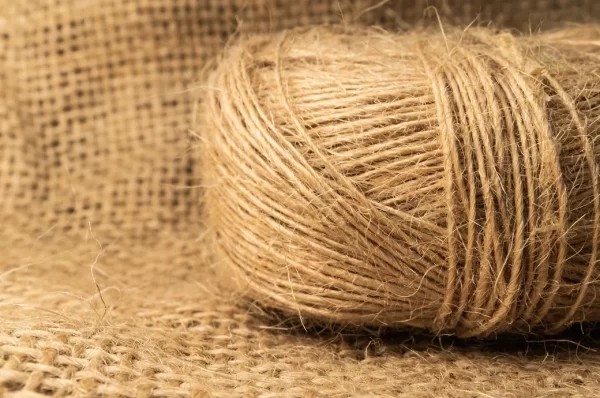Jute, often referred to as the “golden fibre,” is a significant plant cultivated predominantly in Eastern India. This natural fibre thrives in hot and humid climates, with regions like the Ganga Delta providing the ideal conditions for its growth. Between 2022 and 2023, approximately 38.41 lakh tonnes of jute goods were produced, showcasing the industry’s resilience and importance. In the previous year, 2021-2022, the production soared to around 108 lakh tonnes. Jute stands as the second most widely produced plant fibre globally, following cotton, highlighting its extensive use and availability.
India plays a crucial role in jute production, contributing significantly to the global supply. Let’s delve into the major jute producing states in India, which are vital for the country’s economy and agricultural landscape.
Top 5 Major Jute Producing States in India
1. West Bengal
West Bengal is the undisputed leader in jute production in India, accounting for over 80% of the country’s total output. The state benefits from fertile alluvial soil and abundant water resources, primarily from the Ganges and Brahmaputra rivers. The climatic conditions are highly conducive to jute cultivation, providing the necessary warmth and humidity. Major jute-growing districts in West Bengal include Murshidabad, Nadia, and North 24 Parganas, which house numerous jute mills that contribute to the local and national economy.
2. Bihar
Bihar ranks as the second largest jute-producing state in India. The state’s agricultural landscape is enriched by the Ganges River and its tributaries, which provide ample irrigation for jute crops. Bihar features flat and fertile land, ideal for jute farming. Key districts such as Vaishali, Saran, and Muzaffarpur are renowned for their substantial jute production, further solidifying Bihar’s position in the jute industry.
3. Andhra Pradesh
Andhra Pradesh holds the third position in jute production within India. The state’s favourable climate, supplemented by the Godavari and Krishna rivers, provides excellent irrigation for jute crops. The main jute-growing areas include East Godavari, West Godavari, and Krishna districts, where farmers have embraced jute cultivation as a profitable venture. The state’s efforts to promote jute farming have contributed to the industry’s growth.
4. Assam
Assam is recognized as the fourth largest jute-producing state in India. The fertile Brahmaputra River valley, along with its favourable weather conditions, makes Assam an ideal region for jute cultivation. Key districts such as Dibrugarh, Jorhat, and Nagaon are prominent for their jute production. Assam also has a growing reputation for organic jute, which is increasingly sought after in domestic and international markets, thereby boosting its economic significance.
5. Odisha
Odisha is another crucial state for jute cultivation, with its coastal areas and river deltas offering the right combination of water and humidity. The primary jute-growing districts in Odisha include Balasore, Bhadrak, and Cuttack. The Odisha government has initiated various programs to enhance jute farming and improve the livelihoods of jute farmers. These initiatives aim to bolster the state’s agricultural output while promoting sustainable farming practices.
Conclusion
In conclusion, the major jute producing states in India—West Bengal, Bihar, Andhra Pradesh, Assam, and Odisha—play a pivotal role in the jute industry, significantly contributing to the Indian economy. These states not only provide employment opportunities to countless farmers but also enhance the country’s export potential through jute products. Jute cultivation offers numerous environmental benefits, such as being biodegradable and sustainable, making it an attractive alternative to synthetic fibres. As the demand for eco-friendly products continues to rise, the jute industry is poised for growth. This increased interest will likely motivate farmers to expand their jute production, allowing them to capitalize on the lucrative market and ensure a sustainable future for the jute industry in India.



